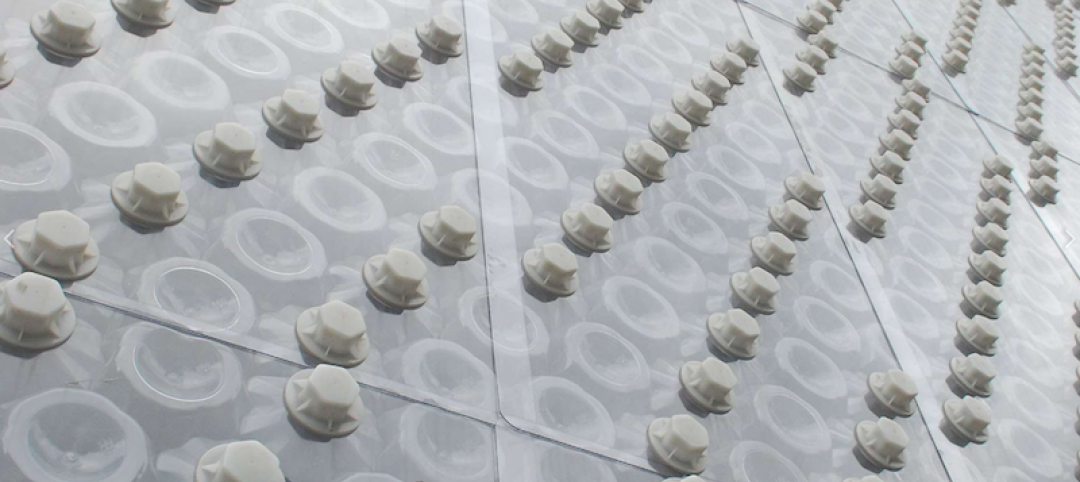The latest produce price index from the U.S. Department of Labor showed that there was a 2% drop in construction input prices during the month of January, marking the six straight month prices failed to rise, the Associated Builders and Contractors reported.
Construction input prices were down 3.6% from the same time last year. Data from the Department of Labor also showed that there was a 2.1% fall from December to January, and a 4.6% decline on a yearly basis for nonresidential construction.
While the produce price index dipped in January, there were other material prices that rose last month and included the following:
- There were only three key construction inputs that did not expand in January.
- Prices for iron and steel dropped 0.6% in January and 6.7% from the same time last year.
- Plumbing fixture prices rose 0.8% in January and 3.9% year-over-year.
- Prices for prepared asphalt, tar roofing, and siding increased by 2.7% on a monthly basis and 4.2% yearly.
- Softwood lumber prices fell 1.5% on a monthly basis and are 0.6% lower than this time last year.
“The decline in oil and petroleum prices finally showed up in the PPI data,” said Associated Builders and Contractors Chief Economist Anirban Basu. “According to the Bureau of Labor Statistics, crude petroleum prices fell 30.6% for the month and 54.8% for the year, but other input categories also experienced downward pressure, include nonferrous wire and cable and softwood lumber.”
Related Stories
| Jun 13, 2017
Accelerate Live! talk: Next-gen materials for the built environment, Blaine Brownell, Transmaterial
Architect and materials guru Blaine Brownell reveals emerging trends and applications that are transforming the technological capacity, environmental performance, and design potential of architecture.
Sponsored | Building Materials | Jun 9, 2017
Problem solving in Asheville with R-Trac & ALPOLIC® materials
The developers of the recently opened Asheville City Center sought out a cost-effective design that met code requirements while still allowing the building to feel open from the outside.
Sustainability | May 16, 2017
1.5 million recycled plastic bottles were used to build this nine-story structure in Taipei
The building is made of Polli-Brick, a building material that comes from 100% recycled Polyethylene Terephthalate Polymer.
Building Technology | May 5, 2017
Tips for designing and building with bathroom pods
Advancements in building technology and ongoing concerns about labor shortages make prefabrication options such as bathrooms pods primed for an awakening.
Building Technology | Apr 21, 2017
AIA selects 2016 Upjohn Research Initiative Projects
Grants awarded to initiatives that study various aspects of design within the built environment.
Market Data | Mar 22, 2017
After a strong year, construction industry anxious about Washington’s proposed policy shifts
Impacts on labor and materials costs at issue, according to latest JLL report.
Sponsored | Building Materials | Mar 20, 2017
Vinyl reveals meet increasing demand
With a tight school renovation budget and timeline, the Oak Grove Elementary cafeteria, designed by RuckPate Architects/CS2 Designs, utilized Architectural Reveals to build curving soffits with a racing stripe reveal design.
Building Materials | Mar 13, 2017
11 transmaterials highlight the coming generation of building products
Fiber-reinforced plastic, 3D-printed stone, and programmable ink tiles are a few materials coming down the pike for the AEC industry.














